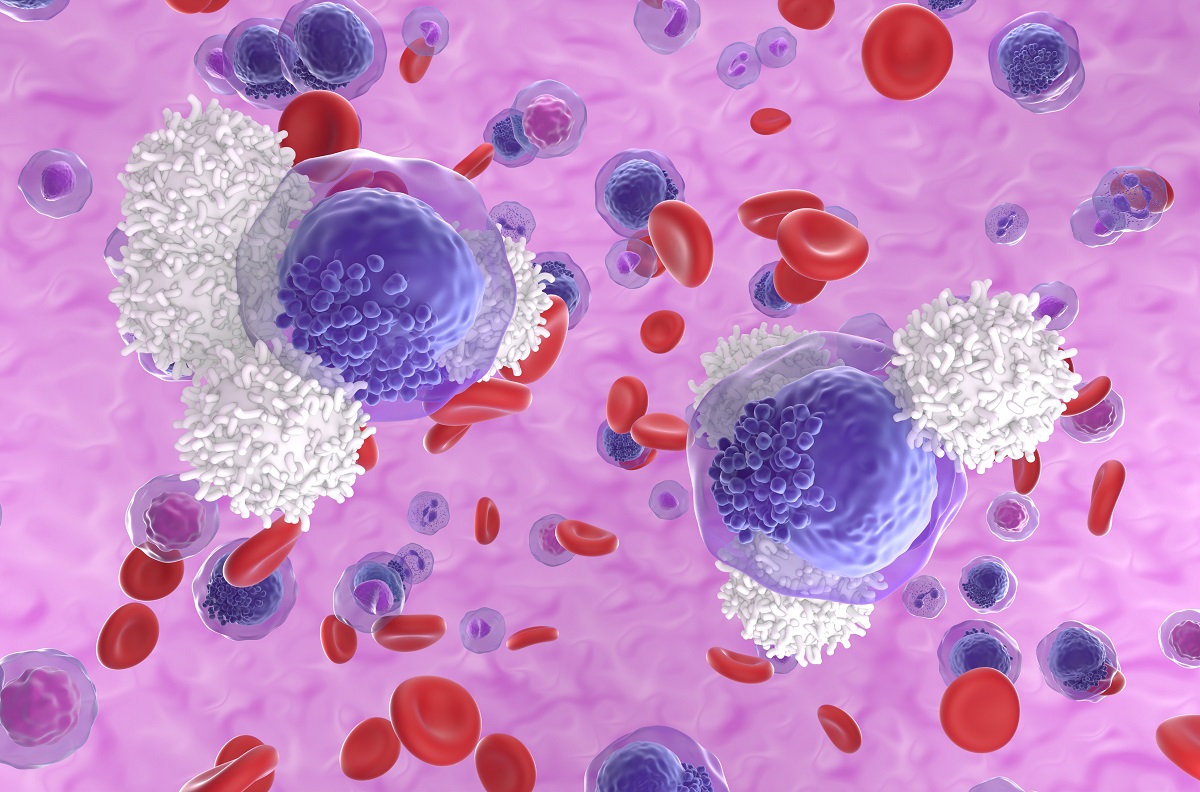KEY TAKEAWAYS
- The study aimed to investigate the dynamic changes in leukemic subclones during relapse and treatment in patients with AML, focusing on understanding their role in drug resistance.
- The study concluded on the significance of preemptive inhibition of clonal promiscuity in R/R AML, highlighting the practicality of monitoring treatment-persistent leukemic subclones.
Acute myeloid leukemia (AML) presents with clonal diversity, contributing to frequent relapses and drug resistance despite aggressive clinical intervention. Despite numerous studies exploring AML’s clonal composition, there needs to be more focus on the practical surveillance of dynamic shifts within these subclones during relapse and treatment phases.
Dongchan Kim and the team conducted a study by utilizing droplet digital polymerase chain reaction (ddPCR) to monitor AML subclone dynamics across cellular phenotypes in patients with relapsed/refractory (R/R) AML.
They performed an inclusive analysis, collecting 15 longitudinal bone marrow (BM) samples from 3 patients with R/R AML. Based on cellular phenotypes, they assessed the frequencies of patients’ leukemic variants in 7 cell populations isolated from each BM sample. The distribution of AML subclones was sequentially monitored by quantifying mutant clones at the diagnosis, remission, and relapse stages.
The minimal residual (MR) leukemic subclones demonstrated a heterogeneous distribution among BM cell populations, including mature leukocyte populations. During AML progression, these subclones actively underwent phenotypic transitions and repopulated into distinct cell populations, irrespective of normal hematopoiesis hierarchic order.
Predominantly, MR subclones in progenitor populations of patients with BM carried MR leukemic properties, leading to more robust expansion and stubborn persistence than those in mature populations. Additionally, a minor subset of MR leukemic subclones sustained an extremely low frequency without clonal expansion during relapse.
The study concluded that observing treatment-persistent MR leukemic subclones and their phenotypic changes during the treatment process of R/R AML patients underscores the importance of preemptive inhibition of clonal promiscuity in R/R AML. As a result, a practical method for monitoring AML MR subclones was proposed.
This work was sponsored by the National Research Foundation of Korea (NRF) grant funded by the Korean government (MIST) and the Seoul National University Hospital.
Source: https://pubmed.ncbi.nlm.nih.gov/38591109/
Kim D, Kim S, Song H, et al. (2024). “Pursuing dynamics of minimal residual leukemic subclones in relapsed and refractory acute myeloid leukemia during conventional therapy.” Cancer Med. 2024 Apr;13(7):e7182. doi: 10.1002/cam4.7182. PMID: 38591109; PMCID: PMC11002636.



